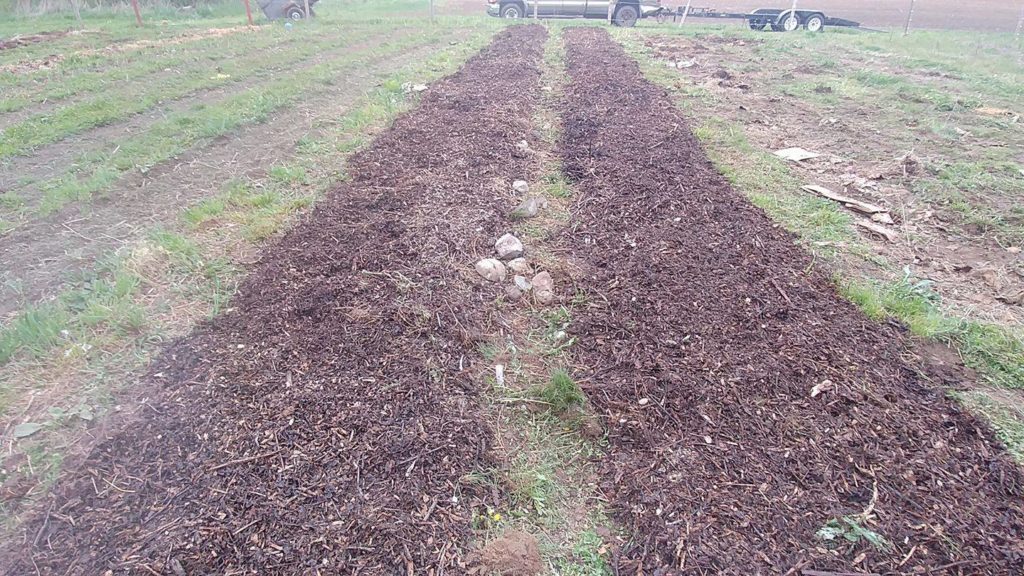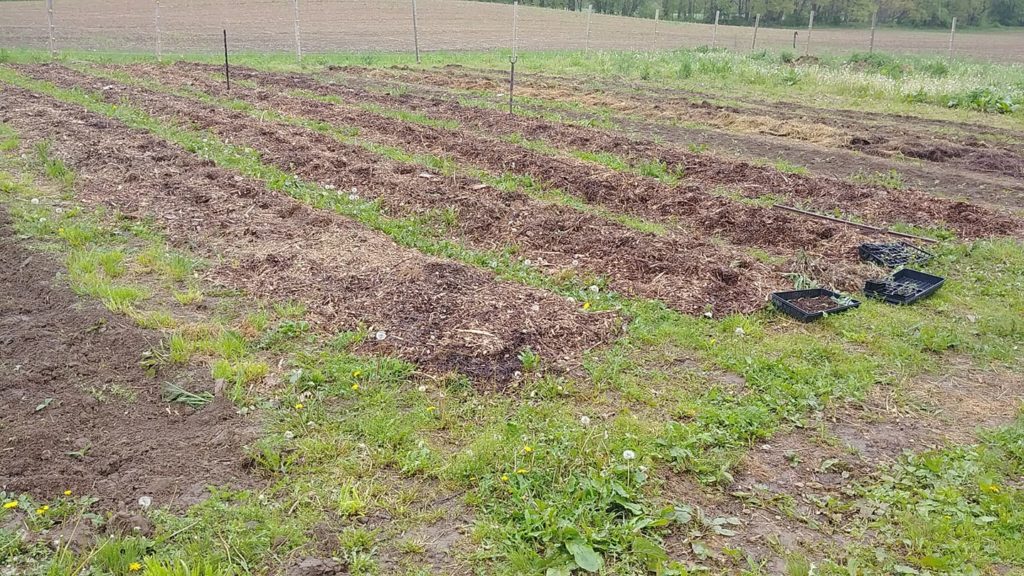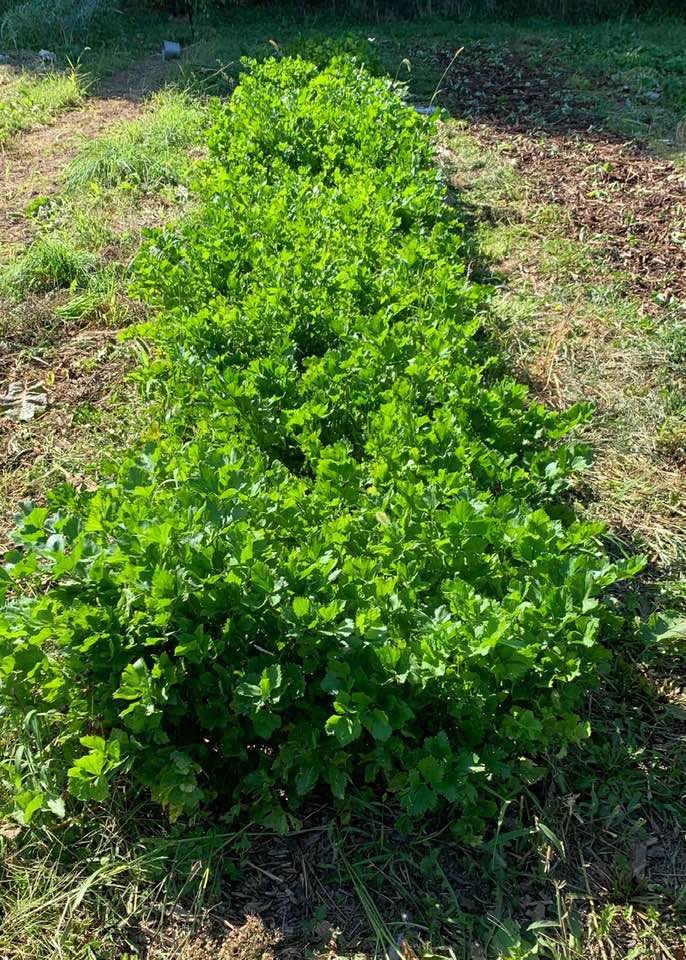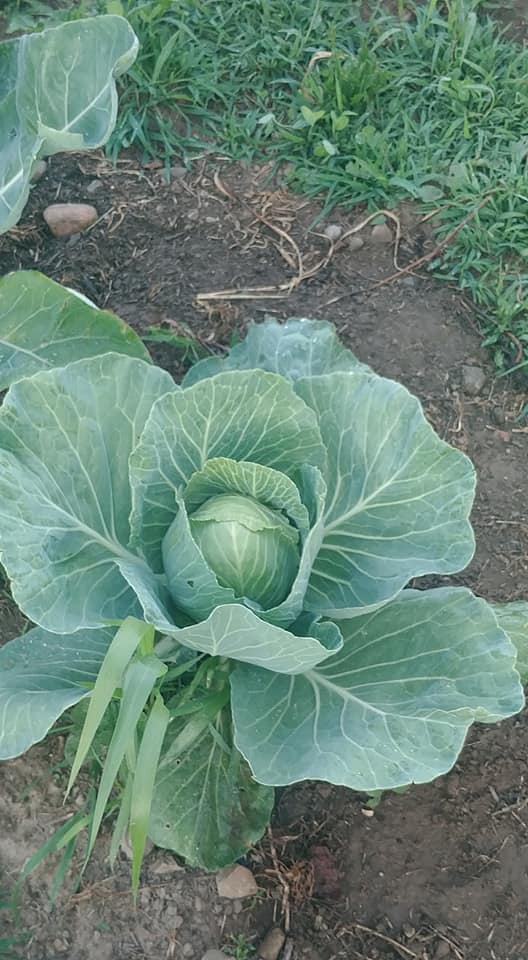Once the garden is tucked away for the winter – or close to it – my mind always wanders. I ask myself questions like:
- What problems did I struggle with this year?
- How did I handle them?
- What will I do differently next year?
- What did I learn this year?
- What will I try that is new next year?
- Did I like what I grew this year?
- Was it enough?
- Were my seeds started on time?
- Did my plants grow and mature on time? If not, do I know why?
- What do I want to try next year?
- What won’t I grow next year?
- When did I feel most overwhelmed and how did I handle it?
- How can I prevent that next year?
Every year we all have many opportunities to learn and grow from our experiences. In most cases, we learn the most from unexpected scenarios and our failures. I try to never look at a failure as a negative thing.
Many of us struggled with getting our gardens in this year, and getting them off to a good start because our spring was unusually wet and cold. It wasn’t until May or June that I could even get into my garden to do much – and I generally start readying beds in March. Overwhelmingly this year I am hearing disappointed gardeners complain about the year being a failure and hoping next year is better. I have to agree with you that I hope next year is better, but I am looking at this spring as a learning experience. We were dealt with more rain and cold than I can remember ever having in the years I have been gardening. But I learned how to deal with it. I learned that, even though I felt like it was too late, my garden still produced despite not getting things planted when I thought they should be. I learned that when I was thinking, “Oh, it’s too late, but I am going to plant these anyway and just see what happens” it really wasn’t too late because that stuff produced just fine. I learned a lot about patience. I am not a very patient person when it comes to gardening. I am the one watching the nighttime lows in March and April to determine how much I should press my luck for pre-last-frost-date summer planting. I learned that I had to be patient this year because if I worked the soil, it would compact because it was so wet. This was a great learning year.
I did experience failure to a bigger degree than normal – the very wet conditions were not very good for a lot of things I planted. Some seedlings I had to plant and hope for the best because they were outgrowing their containers and I had nowhere else for them to go. Generally, things would normally be in the ground weeks before when I actually got around to planting them, and I started my seeds at my usual time, so these were some pretty big seedlings going in.
My beds were not ready to just drop and go this year. Last year got the best of me and I was not able to refresh all of my beds in the fall like I normally did. The extra rain gave weeds a foothold before my seedlings ever got in the ground, so I was dealing with an abundance of weeds right from the get go. This year I am being proactive in making sure my no-dig beds are refreshed with mulch this fall, so that I am not battling a weed issue next spring like I did last year. I am convinced next year is going to be much better. The mulch had decomposed to the point that it was essentially bare soil on top in the spring, which wasn’t good for handling all the rain or suppressing weeds. I find it funny that last season, my garden was kept up on beautifully – and I had given birth that June!
What I will say about my no-dig beds is that pulling the weeds from the beds was SO easy. It seems as though all the microorganisms underground are behaving like they should and earthworms are abundant, and together they are working to keep the soil loose. Pulling up weeds is so easy that my kids actually enjoyed helping me weed this year. The only issue with pulling all the weeds and plants as I close beds this fall is my aching back from all the bending over – but the plants themselves are coming right out with a robust root system full of earth worms. I shake the worms and soil off, often ripping off the roots and putting them back in the soil to break down.
We did have some successes this year – I tried Amish Paste tomatoes for the first time and fell in love – that variety is a keeper. In fact, I planted enough plants for diversity and saved enough seed that I should have plenty for next year. I planted a few rows of tomatoes that didn’t give me much hope at all – I must have gotten a bad bag of starting mix or something because right after I transplanted into bigger cells, most of them started to die. The seeds I started in this same mix also did not do so great. I did try a different brand in order to save a buck and I think I learned my lesson. Anyway, I put them in a few rows and didn’t really think anything of them. They were looking so sad. But believe it or not, the very next day they actually perked up! They turned out to be the best producing rows of tomatoes. Our acorn squash did great, along with herbs, gourds, celery, cantaloupes, okra, brassicas, onions, and others.
Our peanuts and peppers did not do well. The bell peppers were strangled and drug out of their neat little holes by my ducks, though the banana peppers did alright, and the peanuts did not have the warmth they needed to do well. I had started them indoors 6 weeks before our last frost date as suggested for northern states but, our spring wasn’t the kindest to warm-weather crops and it stunted the peanuts and made them very weak, so I went ahead and cleared the bed.
I am still waiting to see if my brussels sprouts do well (they are developing nicely!) and if my artichokes will produce. I’ve never grown artichokes. They were another ‘new this year’ thing to try. The plants are nice and big.
So plans for next year include more tomatoes – last year I grew about 600. This year I probably had 200 or less. I will guard my spring plants a little better from meat birds next year (you may have read my struggle about keeping my meat birds contained and how they ate almost my entire spring crop?), I will plant more peppers overall (last year I planted about 300 – it was a GREAT year for peppers). If these numbers shock you, don’t forget – I have a large family (8 kids). I don’t grow produce to sell, at least right now – I just want to feed my family from one harvest to the next with as much homegrown food as I can! We do a ton of preserving through canning, dehydrating and freezing. I will try peanuts again. I want to do more peppers and winter squashes.
I have maps of my garden that I like to play with over the winter, labeling what I figure I will plant, and look back on previous years maps to allow a fair enough rotation cycle to cut down on problematic pests and disease that can pop up when the same plants are planted in the same place from one year to the next. That is always the fun part. Along with that I will include a running list of the seeds I will need to have on hand – and closer to ‘go time’ I will check my inventory list to see what I have on hand and what I actually need to buy.
Maybe I should put together a meet up on record keeping, mapping and whatnot over the winter? Or would that be totally boring? Let me know. And – what are your reflections on this year? I’d love to hear your successes, failures and learning moments!








